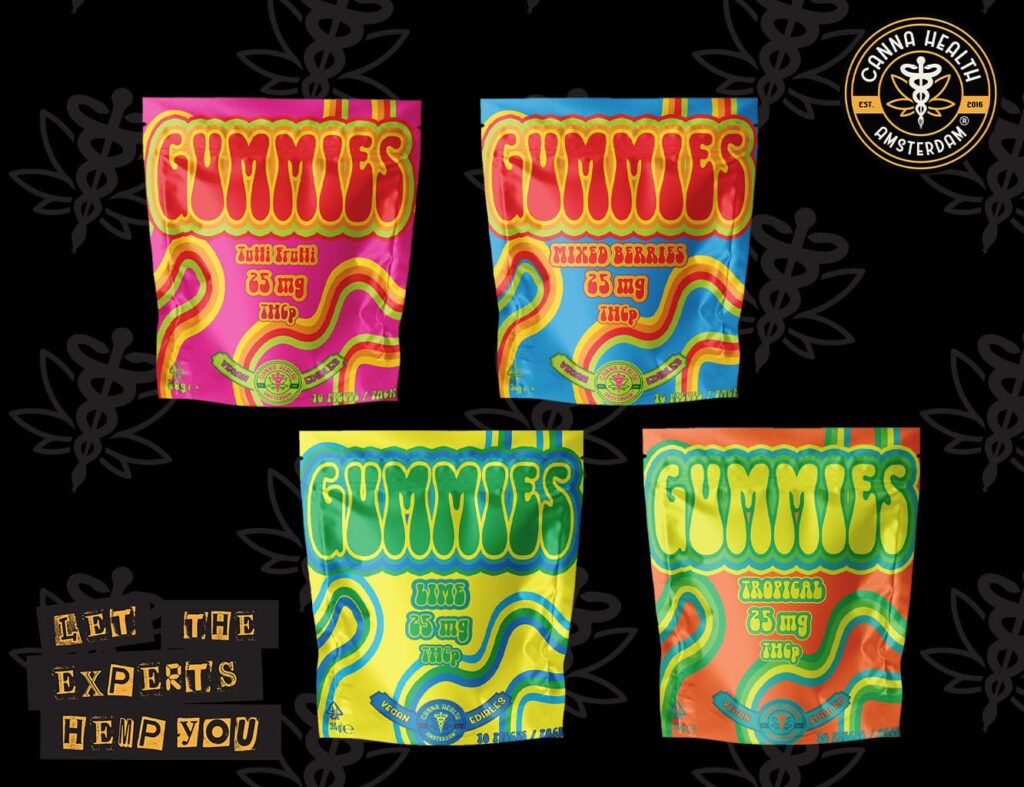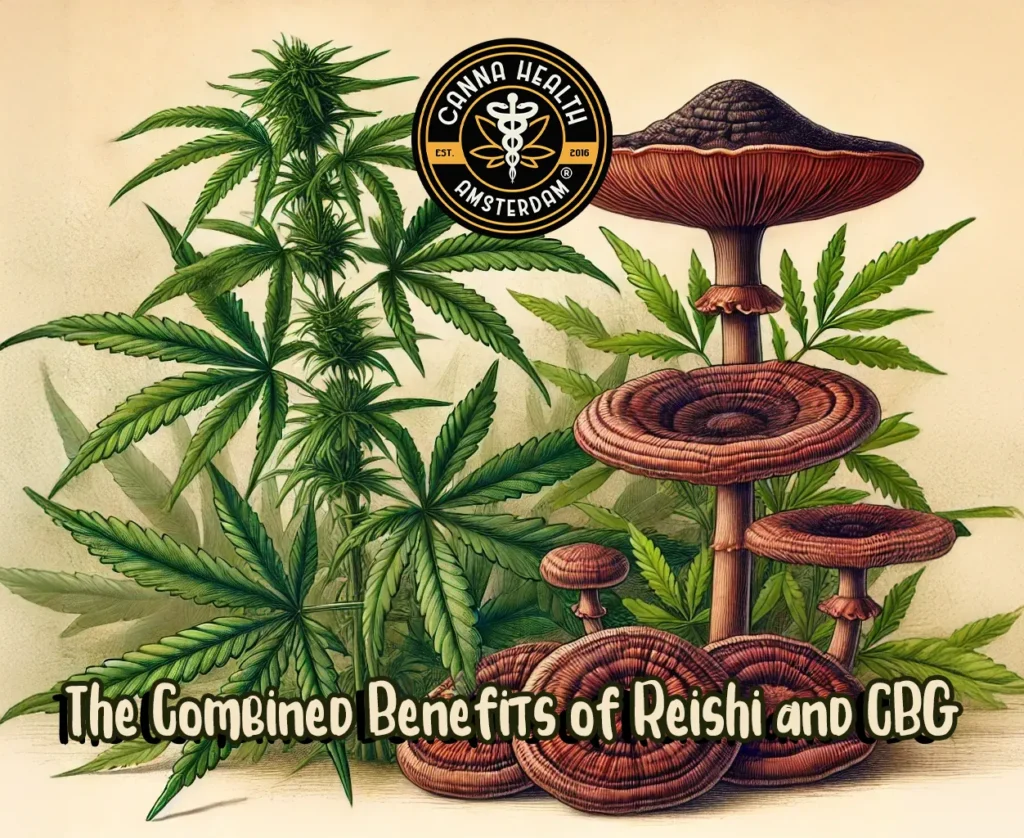Exploring the Potential of CBD and CBG in Treating Complex Regional Pain Syndrome (CRPS)

Complex Regional Pain Syndrome (CRPS), also known as Sudeck’s atrophy, is a disproportionate inflammatory response following an injury which is developed after tissue damage. It is a post-traumatic occurrence of swelling, pain, and circulatory disorders, which cause weakness and restricted movement. The inflammation spreads over an entire area and is not limited to the location of the injury. It affects the limbs, but hands are often affected twice as much as the feet.
This challenging and painful condition, has prompted interest in alternative therapies, including the use of cannabinoids like Cannabidiol (CBD), Cannabigerol (CBG) and Tetrahydrocannabinol (THC). Although there have been several studies suggesting that THC can also help in the reduction of pain of this chronic condition, to the point that an Australian biotech company just received FDA approval to begin Stage 1 Human trials on a novel blend of THC, specifically targeting treating CRPS pain flares, the main focus will be put on CBD and CBG. Unlike THC, CBD and CBG do not produce psychoactive effects, making them appealing for patients seeking pain relief without the “high” associated with cannabis.
Understanding CBD and CBG
- CBD (Cannabidiol):
- A non-psychoactive compound found in cannabis.
- Known for its anti-inflammatory, analgesic (pain-relieving), and anxiolytic (anxiety-reducing) properties.
- Studies suggest its efficacy in various chronic pain conditions, including neuropathic pain and fibromyalgia, which share similarities with CRPS.
- Anecdotal evidence indicates that CBD may help alleviate some symptoms of CRPS, though comprehensive research specific to CRPS is limited.
- CBG (Cannabigerol):
- A lesser-known non-psychoactive cannabinoid.
- Often referred to as the “mother” cannabinoid, as it is the precursor from which other cannabinoids are synthesized.
- Early studies suggest potential anti-inflammatory and analgesic effects, which could be beneficial for CRPS patients.
- Research on CBG is still in its infancy, with more studies needed to fully understand its effects and therapeutic potential.
The Potential of CBD and CBG in CRPS Treatment
The properties of CBD and CBG may address several symptoms associated with CRPS, such as chronic pain, inflammation, and anxiety. CBD’s interaction with the body’s endocannabinoid system and its ability to modulate pain perception could be particularly useful in managing CRPS pain. Similarly, CBG’s potential anti-inflammatory effects could be beneficial in reducing the swelling and discomfort characteristic of CRPS.
Clinical Studies and Research
While research on CBD and CBG for CRPS specifically is still emerging, several studies have highlighted their benefits in related pain conditions:
- CBD Studies: Evidence from various clinical studies points to CBD’s effectiveness in managing chronic pain and improving quality of life. Its anti-inflammatory properties are particularly notable.
- CBG Research: Preliminary studies on CBG show promise, but there is a need for more extensive clinical trials to establish its efficacy and safety in treating CRPS.
There is one survey of patients employing cannabigerol-predominant cannabis preparations. This study focused on the use and self-reported therapeutic effects of CBG-predominant cannabis in users. It explored the efficacy of CBG for conditions such as anxiety, chronic pain, depression, and insomnia, and noted that most respondents reported greater efficacy of CBG-predominant cannabis over conventional pharmacotherapy, with a benign adverse event profile and negligible withdrawal symptoms.
Considerations and Cautions
Despite the potential benefits, it’s important to consider the following:
- Regulation and Quality: The cannabis market, including CBD and CBG products, varies in regulation and quality. Ensuring the purity and consistency of products is crucial.
- Individual Responses: Responses to CBD and CBG can vary. What works for one person may not work for another.
- Consultation with Healthcare Providers: Always consult with healthcare professionals before starting any new treatment, including CBD or CBG, to understand potential interactions, dosages, and risks.
Conclusion
CBD and CBG offer intriguing possibilities for managing CRPS symptoms, especially given their non-psychoactive nature. While promising, further research and clinical trials are essential to fully understand and harness their therapeutic potential. Patients considering these cannabinoids should do so under medical guidance, ensuring an informed and safe approach to managing their condition.


















